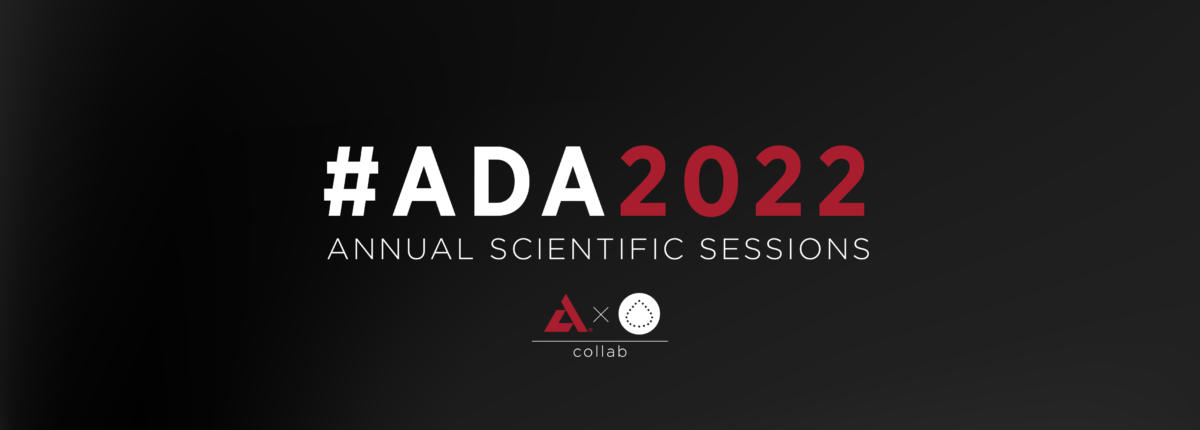Access to Insulin: In the United States
Coverage of the ADA Scientific Sessions is brought to you by the ADA x BT1 Collab.
While the price of insulin is at an all-time high in the United States, access to this life-saving drug across the globe continues to be a dire challenge in several countries. This lack of access to insulin puts the lives of children and adults with type 1 and type 2 diabetes in grave danger.
Presentation: Insulin Access—Challenges and Recommendations
Speakers at this ADA Scientific Sessions presentation included: Irl Hirsch, MD (University of Washington), Sylvia Kehlenbrink, MD (Brigham and Women’s Hospital), Bashier Enoos (World Health Organization) and Apoorva Gomber, MBBS, MD (Harvard T.H. Chan School of Public Health).
Insulin Access in the USA
“One out of four Americans ration insulin,” said Irl Hirsch, MD. Despite the expanding variety of insulin types produced by pharmaceutical giants, there was an 81 percent increase in hospitalizations related to severe high blood sugar levels between 2009 to 2015.
“Insulin accessibility is the number-one cause of these hospitalizations,” said Hirsch. “Insulin in America: is it a right or a privilege? It depends on who you ask.”
Hirsch focused intensely on the politics that affect the cost of insulin, citing that pharmaceutical lobbyists for the biggest manufacturers of insulin spent nearly 500 million dollars on politics.
“Our system for insulin access is unique and complex,” said Hirsch. “Medicaid, Medicare, commercial insurance, Affordable Care Act, Veterans Affairs—all with different complexities (and costs). In the US, we accept insulin rationing and rising diabetic ketoacidosis (DKA) rates. Who is to blame? The insulin manufacturer? The middleman (pharmacy benefit managers), or are there others?”
While former President Trump claimed insulin was now the price of water, Hirsch said Trump’s legislation simply lowered the price of insulin for a small percentage of people on Medicaid.
The average annual cost of insulin for a person with diabetes:
- On Medicaid: $27
- Without insurance: $1,925
- On private insurance: $800
“The single most important policy factor affecting access to affordable insulin for adults ages 18 to 64 years old is Medicaid expansion,” said Hirsch. He then showed a map highlighting which states have refused to expand Medicaid coverage.
The 12 states are the more conservative states in the country.
“In many of these states, it’s easier to get a gun than a vial of insulin,” said Hirsch.
When the bill for a $35 insulin price cap went before congress, only a dozen Republicans voted in support of it the bill. Hirsch says he hopes it gets more support in the senate.
Who is to blame for insulin access in America?
When looking closely at who is making the most money off the rising price of insulin, Hirsch says the pharmaceutical manufacturers aren’t profiting as much as other middle-players—especially pharmacy benefit managers and politicians.
“Our system for the distribution of insulin is complex, is based on greed, and would not be tolerated in most other countries. It’s not working.”
Hirsch pointed to Dr. Frederick Banting—the man who first made daily insulin injections possible. Banting said, “Insulin doesn’t belong to me, it belongs to the world.”
If Banting were alive today, Hirsch wonders what he would say about the United States’ handling of insulin today.
Read more: Insulin Access: In Low-Income Countries





